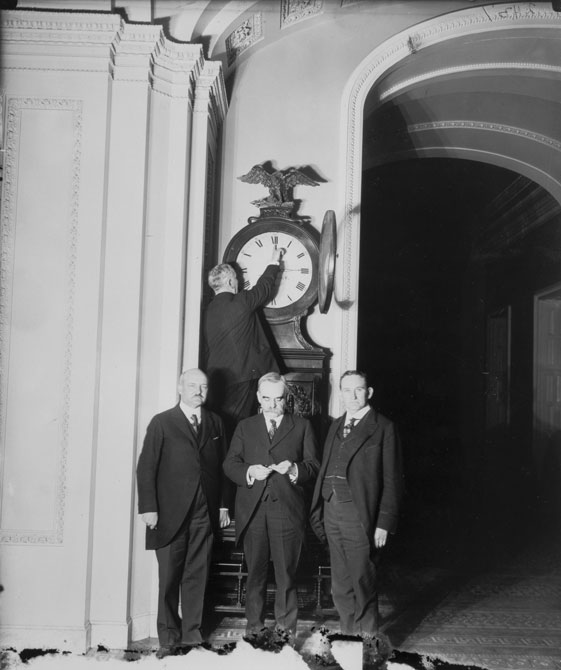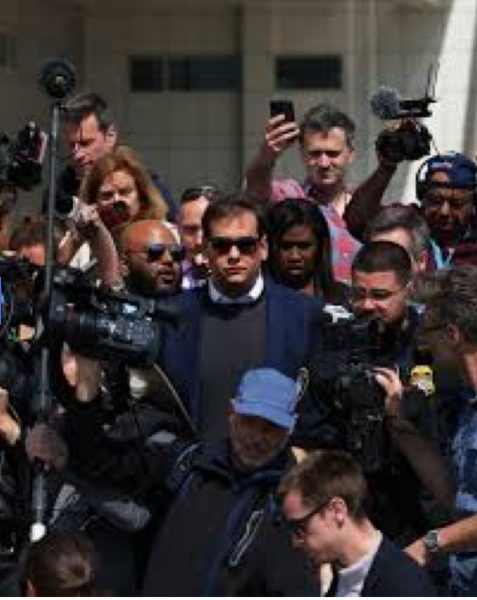Daylight Saving Time: Why It Exists
With spring just around the corner, it’s almost that time of year again: flowers will be blooming, birds will be out, and we’ll all be setting our clocks ahead one hour for daylight savings time.
Over Williston’s spring break, at 2 A.M. on March 12, most of the country will lose an hour of sleep due to the beginning of daylight saving time (DST). DST stretches from the second Sunday of March to the first Sunday of November, covering about 65 percent of the year. Almost all of the US observes DST. Only Hawaii, American Samoa, Guam, Puerto Rico, and Arizona, do not. (Arizona’s Navajo reservations do follow DST.)
The US first implemented DST in 1918. Effectively, it switches an hour of daylight from the morning to the evening. According to the National Institute of Standards and Technology, the policy is intended to match hours of daylight with times when more people are active, with the intent of saving energy. The rationale is that if daylight hours correspond with active hours, people will use less electricity to light their homes because natural light will do more of the work.
Researchers debate the extent of DST’s effectiveness. A 2008 study by the Department of Energy concluded that DST saved about 0.5 of total energy usage a day. However, Adrienne Kandel of the California Energy Commission found in 2007 that DST’s impact in California was uncertain, as the estimated savings fell within the study’s margin of error.
After the introduction of DST in 1918, it was repealed a year later, but reinstated as an energy-saving measure in 1942 for World War II. Once the war ended in 1945, the use of DST varied in states and provinces until 1966, when the Uniform Time Act instituted a national standard, with the option for individual states to not observe DST.
Since then, most of the US has been “springing forward” in March and “falling back” in November. While some argue that DST is pointless and should be eliminated, others believe it is a good energy-saving measure, and some contend it should be implemented year-round.
Here at Williston, freshman Jason Albanese said he knew the reason for DST was related to using daylight more effectively, but was unaware that energy-saving was the purpose. Albanese said he believes that the US should keep DST so long as it is effective.
“Since so much energy is being used daily all across the United States, I think that as long as DST serves its purpose of promoting the use of less energy, then it should stay,” he said. “Personally, I don’t know enough about DST and how it affects the world for me to recommend any sort of change.” Albanese added, “saving energy, I believe, is worth missing an hour of sleep.”
Unlike Albanese, many Americans would rather not have to lose any sleep this March. In a Rasmussen Reports poll, 47 percent of respondents said DST was not “worth the hassle” while only 43 percent believed it was.








